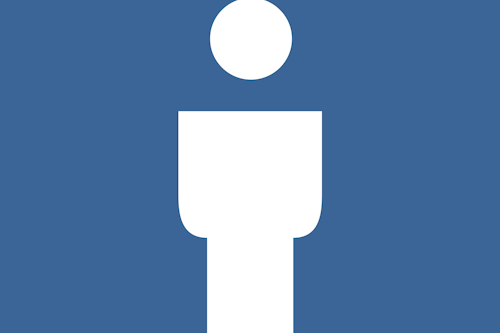Medical Marijuana, Sick Children, and Federal Law: Untangling “Charlotte’s Web” Bills

There may be nothing more upsetting than a sick child, especially one with a debilitating condition that does not respond to treatment. Helping children whose diseases have not responded to traditional medicine is one of the strongest arguments in favor of legalizing medical marijuana. Heartbreaking stories of gravely ill children and their parents who are forced to become “marijuana refugees” spur action. And no one wants to see parents of a sick child having to smuggle medical marijuana across state lines or spend their life savings moving to a state where it is legal. So it is understandable that we have seen a smattering of bills introduced in Congress attempting to solve this problem, such as H.R. 1635, the Charlotte's Web Medical Access Act of 2015. However, as with so many things, the devil is in the details when it comes to regulating medical marijuana. And although this legislation undoubtedly came from a place of good intentions, the way this and similar bills have been written may end up failing to provide much help to the sick children whose stories motivated them.
The name “Charlotte’s Web” comes from a particular strain of cannabis plant, named after a young girl whose parents had success managing her epilepsy by using its oil. Charlotte’s story has become something of a touchstone for those who advocate for legalizing medical marijuana, and H.R. 1635 and similar bills at the state level are some of the latest outgrowths of those efforts. This federal legislation would exempt certain cannabis plants and their derivative products from the Controlled Substances Act ban if the plant contains 0.3% or less of tetrahydrocannabinol (THC), the substance that makes marijuana users experience a high. It is premised on the idea that you can engineer medical marijuana plants to be grown with high levels of cannabidiol (CBD), an active ingredient which may reduce seizures and have other medical effects, and low levels of THC so that they can be used for medical purposes but without providing a high. But the problem is that the 0.3% figure is not based on a scientific assessment of the proper levels of THC that would be most beneficial for patients. Rather, it appears to be derived from an arbitrary standard for industrial hemp, picked by a Canadian researcher in the 1970’s. That value became the dividing line between marijuana and hemp used by most states that allow hemp cultivation for things like textiles, but it isn’t recognized by the federal government, and that amount has nothing to do with treating diseases.
Because the federal marijuana ban makes conducting research around the medical benefits of the drug exceptionally difficult, it’s actually not clear what amount of CBD or THC is best to treat tragic diseases like intractable epilepsy. In a small study at Children’s Hospital Colorado in Denver, only a third of patients treated with CBD-rich oil had their seizures reduced in a medically meaningful way. And the way these bills are written, it would still be illegal to study whether an oil with a higher amount of THC—such as 0.4%—worked better than one with 0.3% THC. Even if THC or some other active ingredient is not the primary way to treat a disease, the “entourage effect” means that CBD may actually be most effective when it is consumed together with those other ingredients. Furthermore, we know that more THC may actually be needed to treat some types of seizures or other diseases like autism. But these bills don’t give researchers the flexibility they may need to figure out the best combination of active ingredients.
It is also not clear whether the 0.3% THC level is practical from a production standpoint, as there simply may not be enough plants that would be legal under the bill to meet demand. Around the world, only a few strains of marijuana have been engineered to have THC levels that low while also containing appreciable amounts of CBD. The company behind the Charlotte’s Web strain has a waiting list of thousands of people. On top of that, some laboratory tests have shown that Charlotte’s Web products can contain more than 0.3% THC. It raises serious concerns if even the product which the bill is named after can’t always meet the bill’s criteria.
It is a laudable goal to try to expand the treatment options for children with terrible afflictions like intractable epilepsy. Congress has a responsibility to address the problems these children face, but if it wants to do so effectively it should take a more comprehensive approach that allows doctors to help children get the right dosage and addresses the myriad of problems these and other patients face on the ground. “Charlotte’s Web” bills come from the right place, but they ultimately fall short of where we need to be.
Subscribe
Get updates whenever new content is added. We'll never share your email with anyone.
